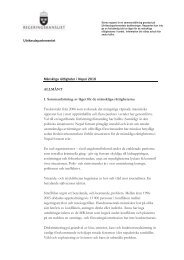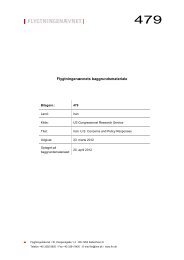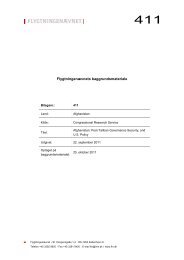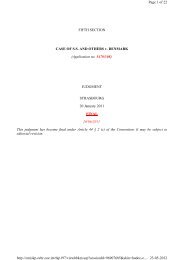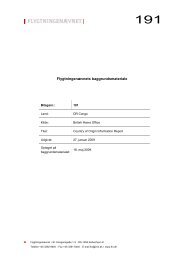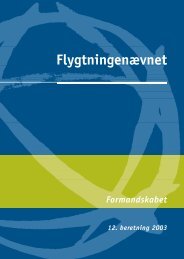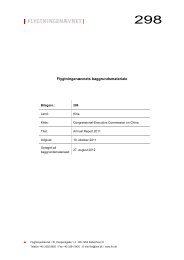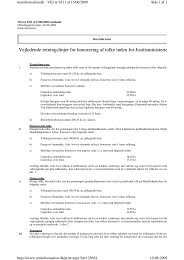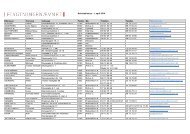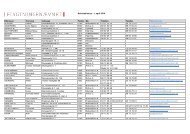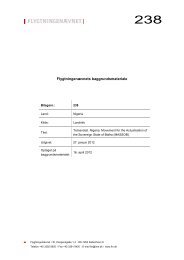Annual Report - National Human Rights Commission
Annual Report - National Human Rights Commission
Annual Report - National Human Rights Commission
You also want an ePaper? Increase the reach of your titles
YUMPU automatically turns print PDFs into web optimized ePapers that Google loves.
Promotion of <strong>Human</strong> <strong>Rights</strong> Literacy and Awareness<br />
○ ○ ○ ○ ○ ○ ○ ○ ○ ○ ○ ○ ○ ○ ○ ○ ○ ○ ○ ○ ○ ○ ○ ○ ○ ○ ○ ○ ○ ○ ○ ○ ○ ○ ○ ○ ○ ○ ○ ○ ○ ○ ○ ○ ○ ○ ○ ○ ○ ○ ○ ○ ○ ○ ○ ○ ○ ○ ○ ○ ○<br />
○<br />
School of India University Bangalore, had been a resource extensively used by the <strong>Commission</strong><br />
in the past. The <strong>Commission</strong> approved a project ‘Review of the Status of <strong>Human</strong> <strong>Rights</strong><br />
Education in India at the University level’ submitted by the NIHR. However, the project report<br />
is yet to be received.<br />
G] The Media and Legal Issues of Freedom of the Press<br />
13.30 The <strong>Commission</strong> has shared a special relationship with the media. Based on<br />
reciprocity in highlighting issues of human rights, the <strong>Commission</strong> has found a key ally in<br />
the media in generating public awareness. The <strong>Commission</strong> has frequently taken cognizance<br />
of human rights violations on the basis of media reports. It has benefited substantially from<br />
the editorials, letters and articles that feature in the media. The media has indeed acted as a<br />
watchdog for the <strong>Commission</strong> on many an occasion. The diverse opinions across<br />
the country and the world find a voice through the media and it is this, which has<br />
prompted the <strong>Commission</strong> on a daily basis to scan 24 newspapers — regional, national<br />
and international.<br />
H] List of Publications<br />
13.31 In order to spread awareness on <strong>Human</strong> <strong>Rights</strong>, the <strong>Commission</strong> decided to bring<br />
out a series of booklets titled “<strong>Human</strong> <strong>Rights</strong>” on the pattern of booklets brought out<br />
by the United Nations. Booklets on the following 8 themes were printed and<br />
published in English and four South Indian Languages, namely Tamil, Telugu, Kannada<br />
and Malayalam :-<br />
●<br />
<strong>National</strong> <strong>Human</strong> <strong>Rights</strong> <strong>Commission</strong><br />
●<br />
International <strong>Human</strong> <strong>Rights</strong> Conventions<br />
●<br />
Manual Scavenging<br />
●<br />
Bonded Labour<br />
●<br />
Child Labour<br />
●<br />
Sexual harassment of women at the work place<br />
●<br />
<strong>Rights</strong> of persons with Disabilities<br />
●<br />
<strong>Human</strong> <strong>Rights</strong> and HIV/AIDS<br />
<strong>National</strong> <strong>Human</strong> <strong>Rights</strong> <strong>Commission</strong> <strong>Annual</strong> <strong>Report</strong> - 2004-2005<br />
175<br />
AR-Chapter-1-19-10-6-06.p65<br />
195<br />
7/17/06, 6:30 PM



